The role of any school or teacher is far from the conventional understanding of what we are all lead to believe.
Watch any Hollywood movie involving a school and there you’ll see a teacher standing at the front, the children listening carefully to a teacher dictate facts from either their brain or a text book and anyone who dare talk, challenge the teacher or move around is sent to the principal or put on detention.
This picture paints an image of control, not education. Education is about letting go, loosening the reigns and having time to observe your children in action as they learn. The conventional image of a classroom is far from what learning should look like!

You see, the role of education is to prepare the child for the world outside. A world that awaits them is completely unknown and unpredictable. The role of the classroom is to enable the child to develop not only facts about the world, but also how to thrive and survive, whist actually living in society.
The role of the teacher has changed and the classroom has too. Teachers must start to focus on skills first and facts second. The facts will come as the children learn how to care, listen, communicate and fail! If we only focus on the facts then the essential skills that our children need for life will be surely missed.
So what exactly does the perfect classroom look like? Here’s ten pointers that might help you get started:
1. Children are allowed to move freely as they wish, they have a list of objectives to complete during the day and the teacher is there to help, but if no help is required, then the teacher takes a step back and observes. The teacher inspires learning rather than directs it! They are the bridge between the child and the learning.
2. Debate between children is allowed! When children have a disagreement, we must let the situation resolve itself. A whole lot of learning will come from that resolution. Just observe and take notes. It will be a time we may see great communication occur, resilience develop and empathy grow. Mistakes and misunderstanding happen everywhere, so why not in the classroom?

3. It is a micro version of the world outside. There’s choice within limits, time constraints and flexibility. The teacher is more like a guide than a lecturer, one who is happy to be wrong, challenged or even taught be the students. Statements like “Here’s what I know about dinosaurs, now what would you like to know?” Are often heard!
4. The students voices, choices and recommendations are heard. They have a say in their learning and actions they think will improve their ability to learn, are installed and implemented. It’s a democracy and everyone has a voice!
5. Children can sit where they want, work with whom they wish and represent their research or follow-up work in a way that suits them. Their individuality, and freedom of choice are celebrated. Children are encouraged to find their niche in life. If they want to be a fashion designer when they are older, then this will be brought into the learning as much as possible.
6. The classroom promotes real life lessons. Children are encouraged to make their learning matter, make it real. The outcomes listed by the teacher clearly indicate that when the children complete a task, they are going to use it in some way to impact the world! If they’ve made a poster, why did they do it? What impact will it have? And where are we going to put it to make sure people see it?

7. The teacher follows the same rules as the children. She/he models the behaviour we wish to view in our children. Honesty, empathy, love, care, understanding, collaboration, active listening and determination are all there for the children to see.
8. Mistakes are celebrated, analysed, documented and encouraged. From great mistakes comes great learning and it is only when we allow trial and error in our classrooms that we can build the resilience and confidence around true learning.
9. Children are not compared against each other. They are only compared against the child they were yesterday. Their accomplishments are celebrated with humility and punishments do not exist. The only punishment the child will receive is the natural consequence of their actions. “If you’re being rude to people, you will be lonelier, so why don’t we think about how we should act around other children?”

10. They are constantly changing, being reinvented and redesigned. Both the layout of the classroom and the pedagogy are on a conveyor belt of change, with all stakeholders’ needs taken into account. “The only constant in education is change, and you’re it.”
Today’s classroom is one, that if designed with the ‘Real World’ in mind, might just produce the children that can correct the mistakes we failed to address!



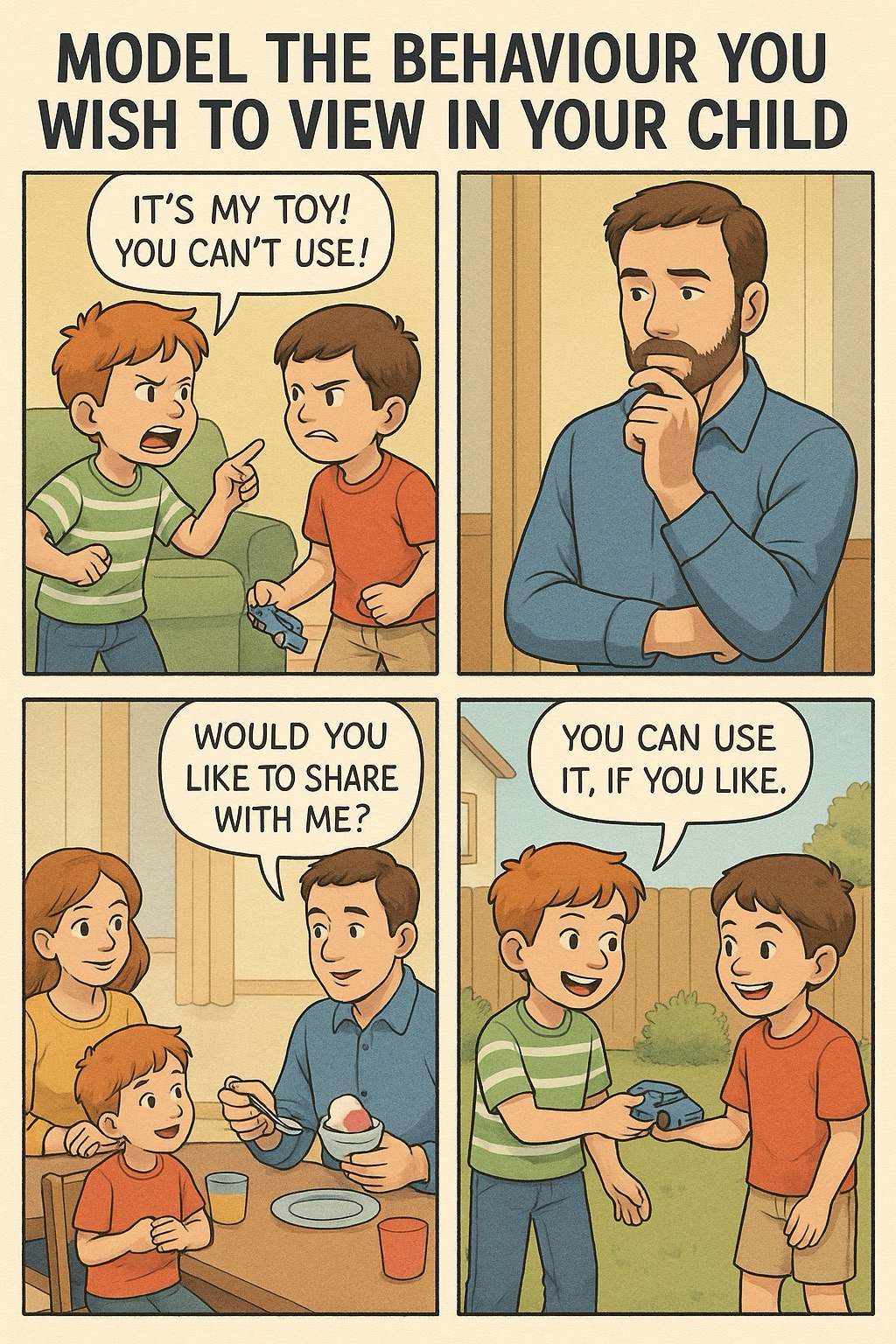
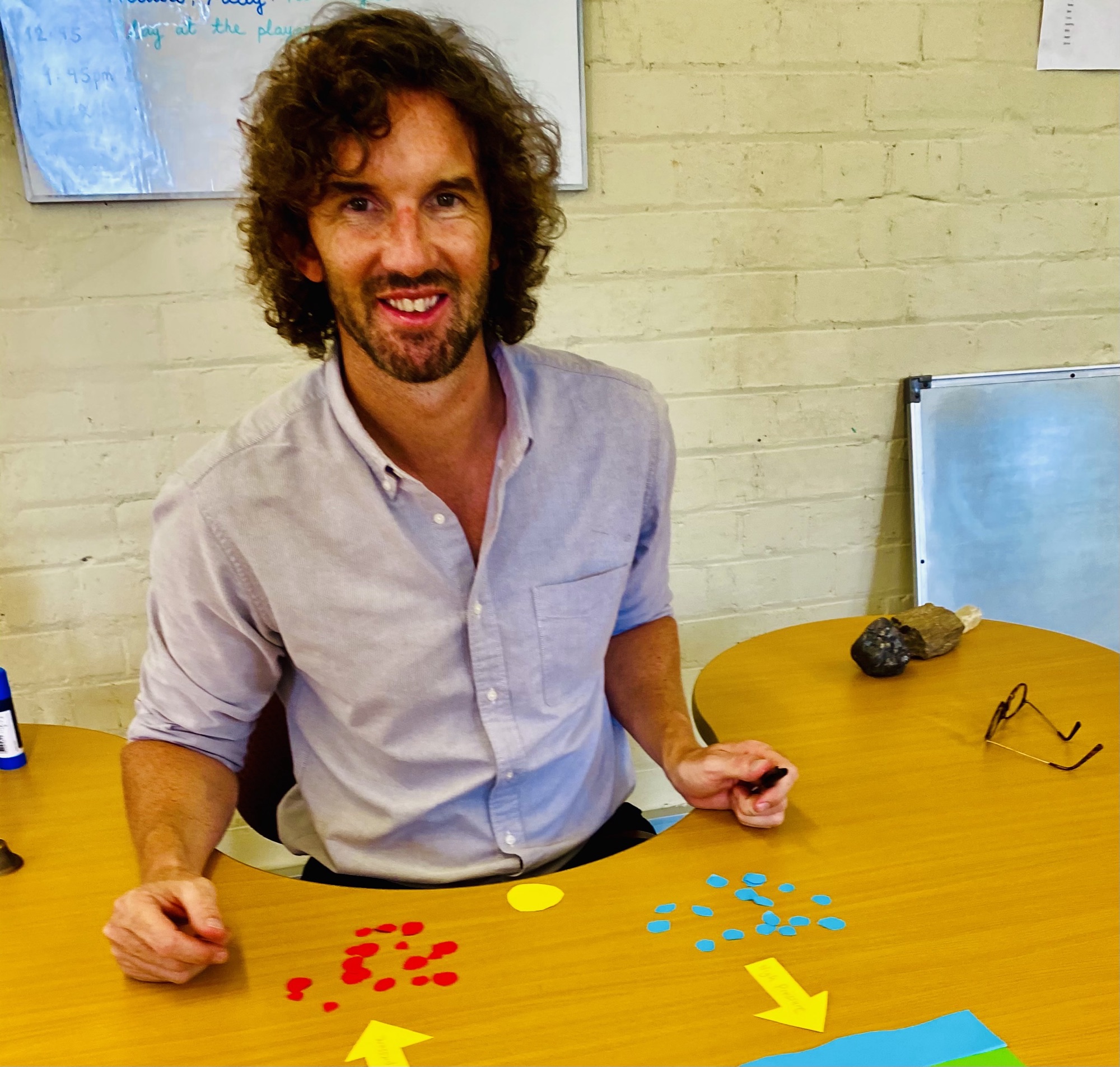


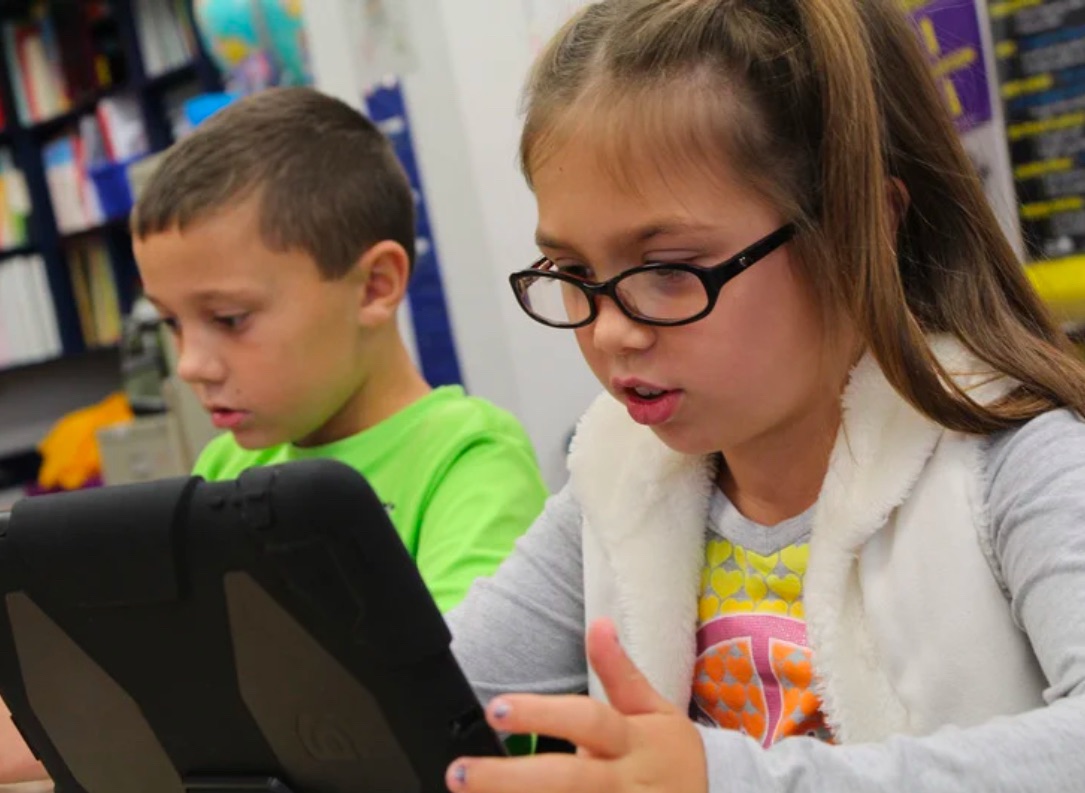
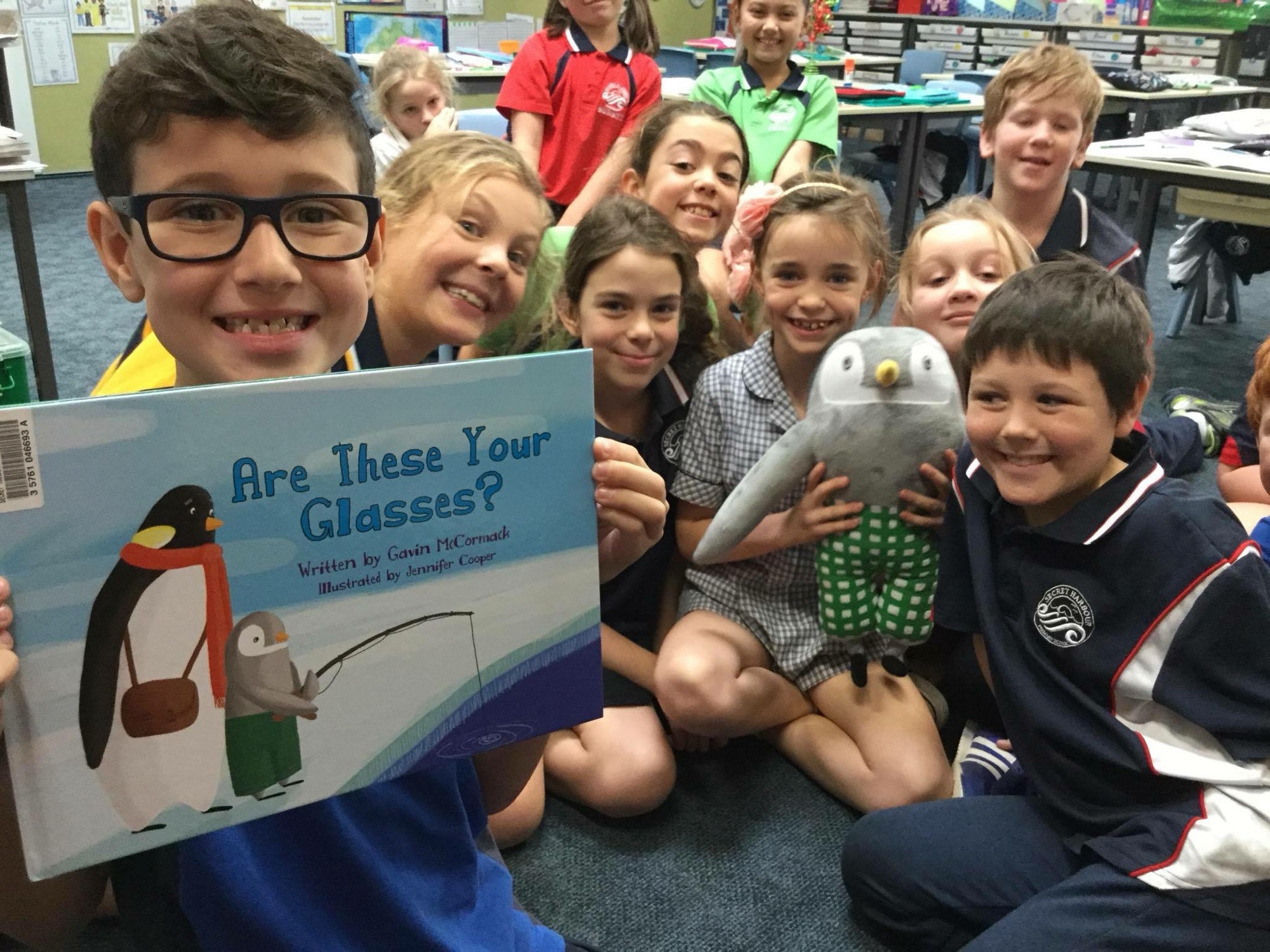
10 Responses
Thanks for sharing great things , of course it must be useful for the black box (classroom) of educational system.
I love the remark that children should compare themselves against the child they were yesterday.
The lesson plan template enforced in many schools and teacher training institutions is to blame for education not being allowed to flourish in such way.
I’ve seen a variety and written my own but for the teacher who relies on a template, the key lies here to letting go.
A lesson plan must be driven by questions. And this is where too many too early never master the form of educating the way you allude to.
That also stood out for me!
Spot on, Gavin! Will definitely keep these in mind when returning to school and share with my teaching team as well. We need to reimagine and reinvent educational practices for the real, new world to focus on resilience, resourcefulness, humour, interactive learning and self starter community focused learners😊👍
I will post this link for NQTs asking who to follow
That’s really nice
I am in complete agreement with the fact that children should have freedom and teaching is no longer about standing in front of the class takking about facts.
But I really struggle with non Montessori teachers to understand the fact that teaching needs to be free? Teaching means integrating yourself with the children as their friends, not their commander.
Teaching is allowing the child to try and learn for himself first before coming to you for help.
Teaching is not cramming? Or doing hundreds of worksheets everyday to learn a fact. We can even learn about trees and flowers whilst being amidst trees and flowers.
I struggle with the ” traditional ” way of teaching which is still very much prevalent here in Kenya.
Montessori is as Maria Montessori said a “new education ”
How do I t subtly teach non Montessori teachers to have faith in the Montessori method of teaching?
I am a passionate Montessorian by the way.
Any ideas or suggestions?
Generally, a certain amount of autonomy is quite beneficial. However, #5, allowing autonomy to sit where and with whom they like is not always doable or a good idea. First, not doable where a child is disruptive due to ADHD, problems at home, angst, etc. Every class I have with 20 pupils tends to have 3 on average which have one of the things mentioned, or some other, mostly organic, challenge which prevents them from doing and participating in the project at hand. Second, children should be paired with all the children in their class. This way, everyone gets a chance to learn how to work with pupils who are challenged and have trouble doing what is necessary for their project, and last but not least life is about learning to work with different types of people. Finally, how does one avoid those being left out not feeling badly about their situation? My approach, once I know who is best friends with whom and how they all work together, is to make groups or pairs in which sometimes they get to work with those they prefer and other times they work with those who struggle a bit more. In the later situations, I make sure to help keep the project moving along with extra drop-ins where I ask them how they are performing and to explain what they are thinking, doing and why. Thank you for sharing …
Great points